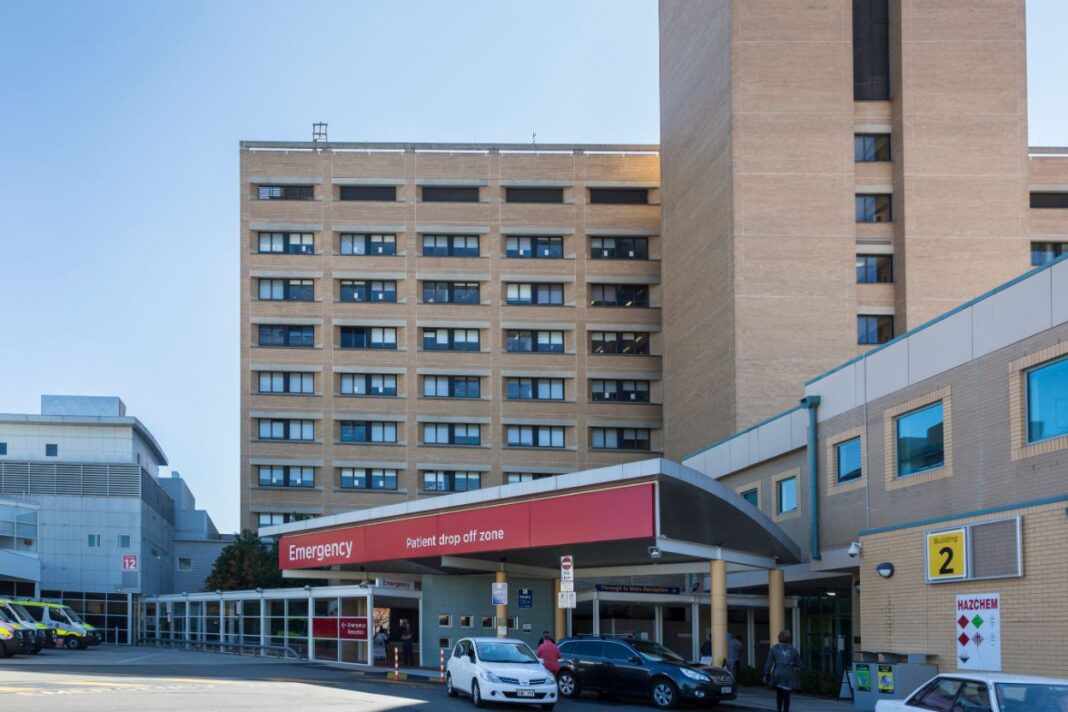Canberra’s public hospital system in continued decline under Labor and the Greens, Canberra Liberals MLA Leanne Castley, Shadow Health Minister, said today, referring to 2022-23 annual reports for the ACT Health Directorate and Canberra Health Services.
“Emergency Department (ED) wait times are still woeful, meaning many patients have to wait in unacceptable pain,” Ms Castley said.
Only 47.9 per cent of presentations spent less than four hours in ED, a deterioration from 52 per cent in 2021-22, as against a target of 90 per cent.
Only 51 per cent of ED presentations were treated within clinically appropriate times frames compared to the target of 70 per cent.
This included 71 per cent of emergency, 38 per cent of urgent, and 49 per cent of semi-urgent patients.
“Canberra Health Services fell way short on elective surgery targets, meaning that many patients were living in pain and discomfort, some with the fear of rapid deterioration to the point of becoming an emergency,” Ms Castley said.
ACT Health said this deterioration was due to staff shortages within the emergency departments and hospital wards; a reduction in emergency department short-stay beds at the former Calvary Public Hospital Bruce in the first quarter of the year, as some of the space was used as a ‘Red Zone’ for COVID-19 – this meant people stayed longer in the emergency department to complete treatment; and high bed occupancy, reducing the timeliness of admissions from the emergency departments.
The ACT delivered only 12,627 elective surgeries for public patients – 15 per cent short of its target of 14,800.
ACT Health said this this result was a decrease from the result in 2021–22 (14,011), but considered it a positive result given the ability to achieve the targeted volume of surgeries was significantly constrained throughout the year.
Constraints included increased demand for emergency surgery; COVID-19 outbreaks and related impacts, such as a decreased workforce and high demand for inpatient beds; a planned reduction in activity in the second quarter of the year for the implementation of the DHR and the associated training in the lead-up to go live in November 2022; and a fire in the operating theatre complex at the former CPHB in December 2022 which still limits theatre capacity.
At the end of 2022-23, there were 2,161 patients waiting longer than clinically recommended for elective surgery – five times the target of 430, and 58 per cent higher than the 1,364 at the end of 2021-22.
Only 84 per cent of urgent cases were admitted within 30 days as against a target of 100 per cent; 41 per cent of semi-urgent patients within 90 days as against a target of 80 per cent; and 61 per cent of non-urgent patients within 90 days as against a target of 93 per cent.
“Problems with recruiting and retaining radiation therapists for Canberra Health Services was having a huge impact on the provision of timely radiotherapy treatment for cancers,” Ms Castley said.
Only 93 per cent of emergency radiotherapy started within 48 hours, against a 100 per cent target; 58 per cent of palliative treatment started within two weeks; and 65 per cent of radical treatment started within four weeks, as against 90 per cent targets for both.
Canberra Health Services explained that expenses exceeded the planned budget due to rising employee costs, which were driven by wage accruals under the enterprise agreement offer. Additionally, there were increased expenses for supplies and services due to higher utilisation of Visiting Medical Officers and agency nursing staff, because the hospital found it difficult to recruit permanent staff. The hospital could not expand its capacity to meet the growing demand because of difficulties recruiting or retaining Radiation Therapist staff, due to an ongoing national shortage of qualified personnel.
“Staff shortages are a recurring theme in these annual reports,” Ms Castley said. “Overstretched frontline staff are doing their best to deliver quality care in a broken system.
“Again, a large number of strategic indicators are simply unavailable because Digital Health Record data reporting is still a fiasco.”
ACT Government response
“The ACT Government has made significant investment in elective surgeries throughout this term to recover from the impacts of COVID-19 and more recently the fires at Calvary Public Hospital Bruce (now known as North Canberra Hospital),” an ACT Government spokesperson said.
“Through this work, the ACT Government has strengthened its relationships with private partners and increased the capacity of elective surgeries across the ACT.
“Elective surgery capacity will increase with the opening of the Critical Services Building next year. An additional theatre for the Critical Services Building was funded in the 2023-2024 Budget to meet growing demand.
“Canberra Health Services is working to recruit across a range of specialties and implementing a range of initiatives to support, grow and retain our healthcare workforce.
“The ACT Government will continue to invest in health services and infrastructure to ensure Canberrans have access to the right care, at the right time.”



